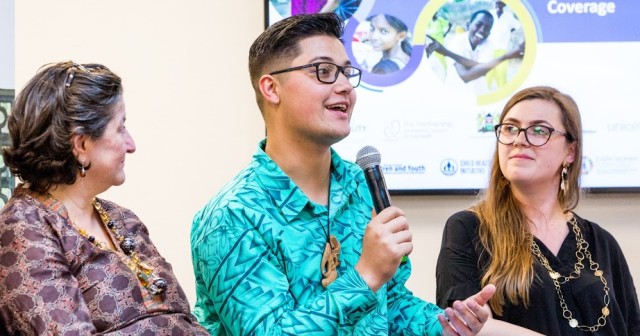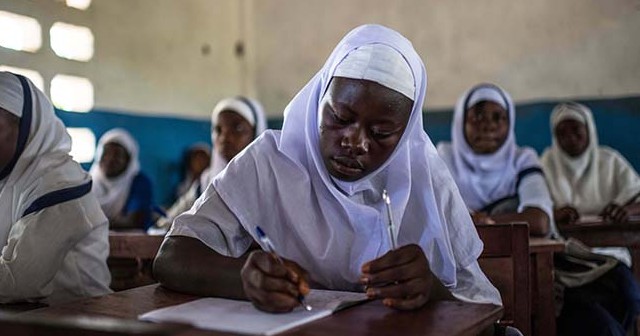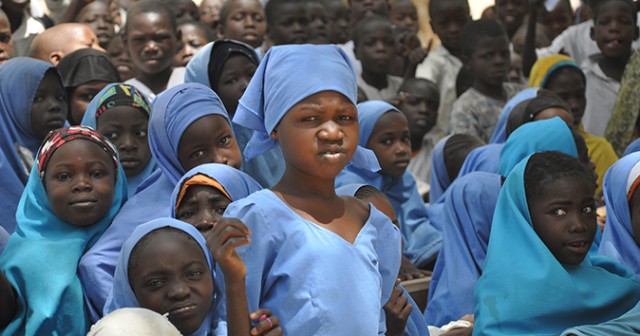Prioritising education for adolescent girls in South Sudan
Prioritising education for adolescent girls in South Sudan
Our second guest blog from Katrina Lee-Koo and Hannah Jay, from Monash University.
As we launch a new report, Adolescent girls in crisis: Voices from South Sudan, Katrina Lee-Koo and Hannah Jay from Monash University share a second guest blog, exploring the impact the crisis is having on girls and their education.
The conflict in South Sudan is now entering its fifth year – about the same amount of time that most adolescents spend in secondary school.
The protracted nature of this conflict means that an entire generation of adolescents have had their education significantly disrupted, degraded or discontinued.
While this remains a problem for girls and boys, adolescent girls are experiencing this disruption in unique and frequently overlooked ways.
Exploring adolescent girls’ unique experiences
A current project by Plan International Australia and Monash University’s Gender, Peace and Security Centre (Monash GPS) aims to understand adolescent girls’ unique needs and experiences in the context of the protracted crises in South Sudan.
The research sought to render adolescents authoritative in discussions regarding their own welfare and in understanding their social, political and economic contexts. In doing so it places adolescent girls as both the source of knowledge and primary analyst of their life experiences.
Throughout the research, adolescent girls told us that the disruption to their education is a major destabilising factor in their current and future lives.
The outbreak of conflict in South Sudan began in 2013, shortly after its 2012 independence. The conflict and associated food and economic crises has caused major displacement. The barriers that adolescent girls face in accessing education in South Sudan are grounded in the everyday realities of conflict, displacement and economic insecurity.
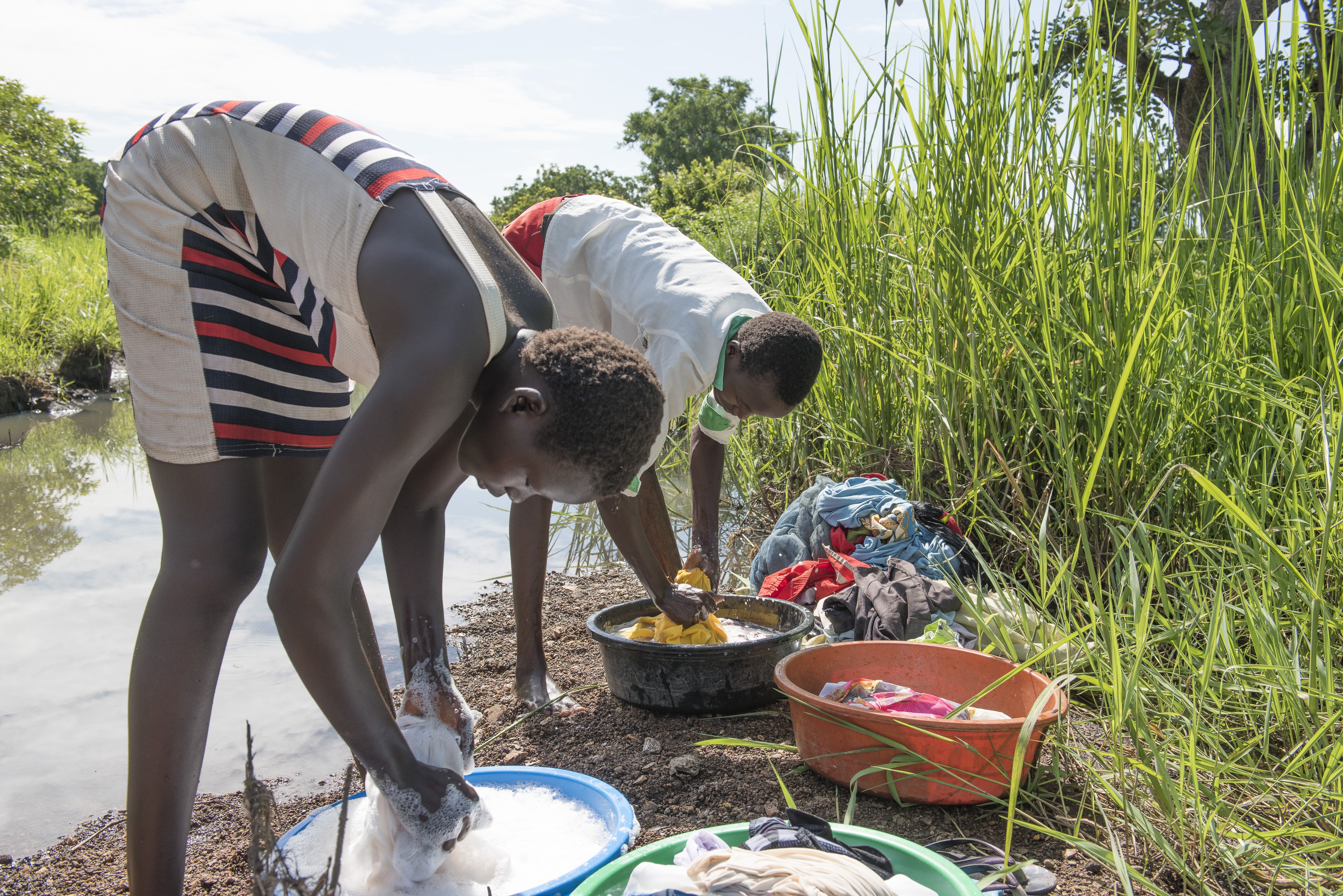
Destruction of schools
The conflict and subsequent displacement has impacted the provision of education. Many schools have been destroyed or closed and teachers have been displaced. Teachers that remain are often not paid or are community volunteers.
This impacts the provision of education, but it also creates a loss of faith amongst the community about the quality of education that is provided.
A lack of qualified teachers in crises often results in a substantial drop in female teachers, a factor which often presents another barrier to girls’ education as it is frequently seen by families as another reason why they may not be safe at school.
Food insecurity is undermining access to education
Our research also corroborates that food insecurity is a compounding factor in adolescent girls’ ability to attend and do well in school. Famine was declared in parts of the country in 2017 and in February this year 5.1 million people remained severely food insecure.
In addition to causing nutritional and health barriers to education, economic and food insecurity has re-shaped the roles of adolescent girls in their homes and communities.
Adolescent girls in South Sudan report engaging in small business activities such as collecting and selling firewood as a means of coping with the economic and food crisis.
Only 24% of adolescent girls surveyed for our research said they always had enough to eat, with 76% experiencing periods of hunger.
The burden of household and care labour
Adolescent girls also report being primarily responsible for household care labour including collecting food, water and firewood, caring for family members, cooking and cleaning. Many girls acknowledge that the increase in paid and unpaid labour decreases their ability to attend school and study.
One adolescent girl told us: “[I] feel like [I] should leave school in order to make money to take care of [my] family.” This sense of responsibility is common among girls.
Child, early and forced marriage
Finally, child, early and forced marriage was noted by many girls as a reason that their peers have discontinued their education.
A dearth of data makes it difficult to determine whether the prevalence of early and forced marriage in South Sudan has increased as a result of the ongoing economic and food crises in the country. However, many adolescent girls highlighted in the research how they are viewed as assets by their families and believe that their worth in marriage forms a default safety net for their family.
Our research indicates that once married, girls rarely return to complete their education. There is also a clear link between adolescent pregnancy and CEFM. Similarly, there is a connection between early pregnancy and access to education.
Of those surveyed, 85% of adolescent girls who had ever been pregnant were not enrolled in school, compared to 29% of those that had never been pregnant.
In South Sudan, adolescent girls are three times more likely to die in childbirth than to complete their education.
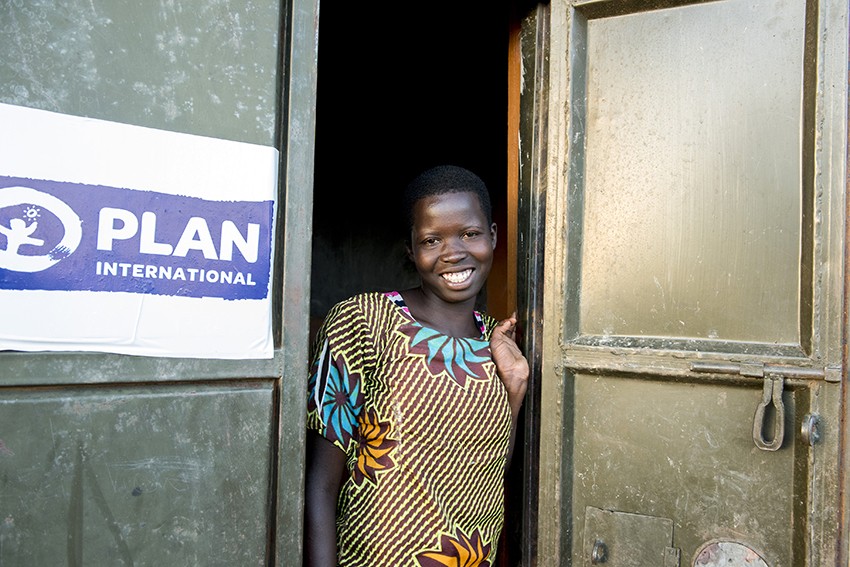
Prioritising access to quality free education
The continuation of education couldn’t be more critical for girls, especially as it can play a protective role in the midst of violence, hunger and displacement.
Education can increase livelihood options and the possibility of economic independence, as well as provide a sense of normalcy and a path to social reintegration, as well as psychosocial healing.
These are themselves protective mechanisms against child, early and forced marriage. Moreover, school can provide girls with a safe space and peer community to address the multiple challenges in their lives, including family violence.
Our research with adolescent girls tells us that access to quality, free education is one of their highest priorities. For this to happen, fees for secondary education need to be abolished, teachers need to be trained and paid a living wage, especially female teachers, and food/meals and school resources need to be provided.
Schools also need to have basic infrastructure that supports girls’ attendance, including access to sanitary items and latrines.
The provision of education during protracted emergencies must be a priority for the humanitarian sector. It positively impacts the lives of girls in the here and now, but also creates the knowledge and skills that will be required for the community to recovery from crisis.
When asked how adolescent girls can best support their families and communities, the overwhelming response was by ‘getting an education to become future leaders.’ This is at the heart of South Sudan’s recovery.
The education of adolescent girls will improve families, communities, and gender equality. In doing so, it will increase the chances of a sustainable post-conflict recovery. Education is a fundamental human right, an investment in the present, and a protective mechanism for the future.
Hannah Jay is a consultant and Gender-based Violence Specialist. Follow Katrina Lee-Koo on Twitter @kateleekoo
Latest stories for you
Really reaching the most marginalised?
Baroness Goudie on the role of research in understanding the realities of girls' lives.
Adolescents: the missing population in universal health coverage
Adolescents’ needs must be included if we’re to achieve health and wellbeing for all.
Why adolescent girls in crises must be a priority to unlock education for all
The unique challenges faced by girls must be overcome to achieve the SDG on education.
Beyond Brexit
We ask: what could a post-Brexit ‘global Britain’ look like?
Show more

